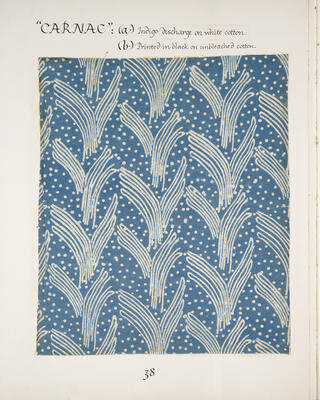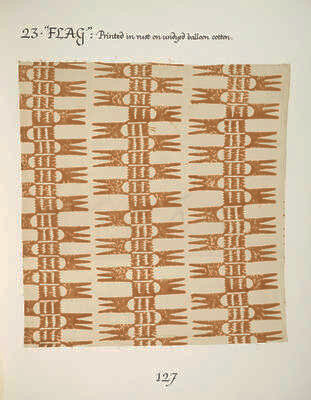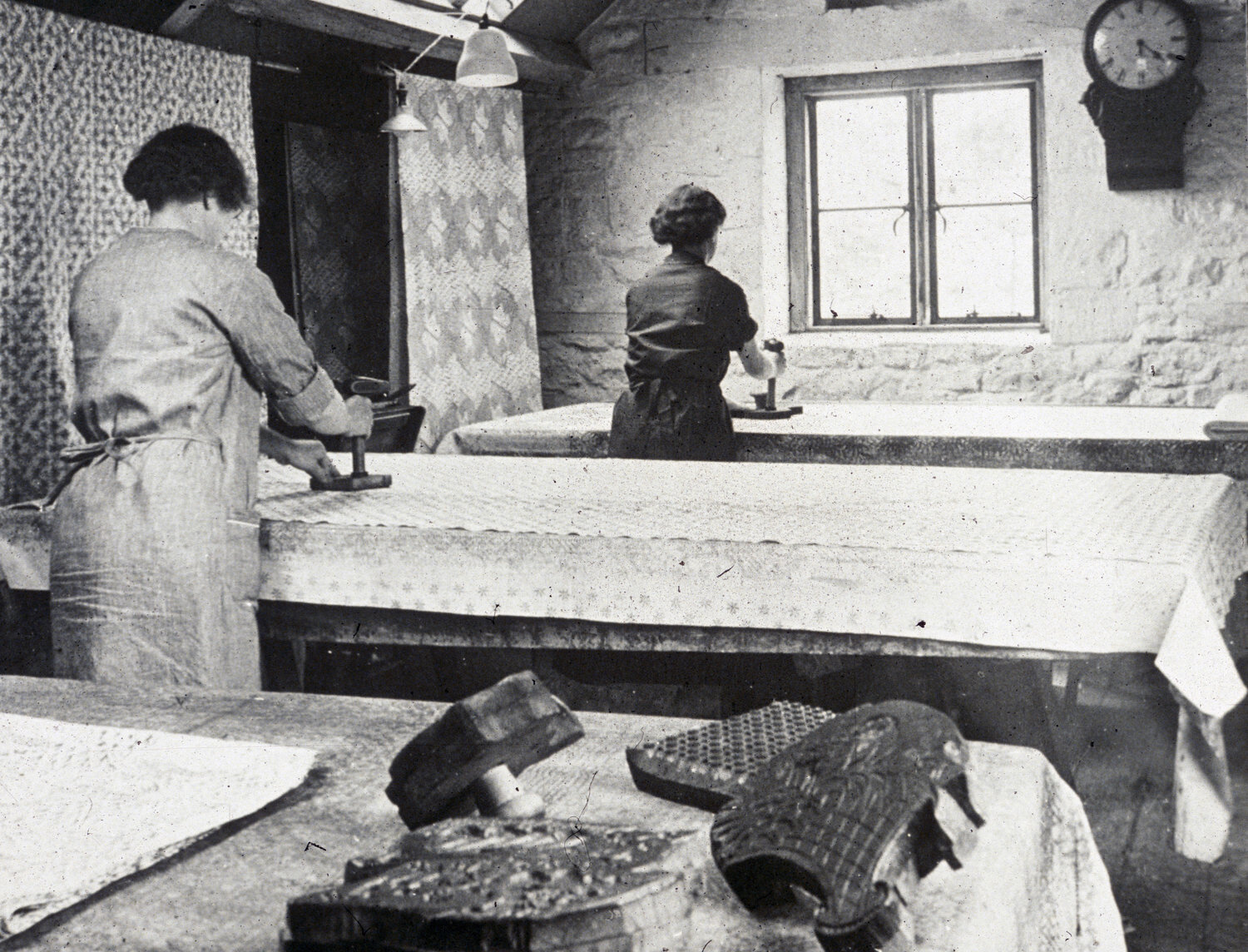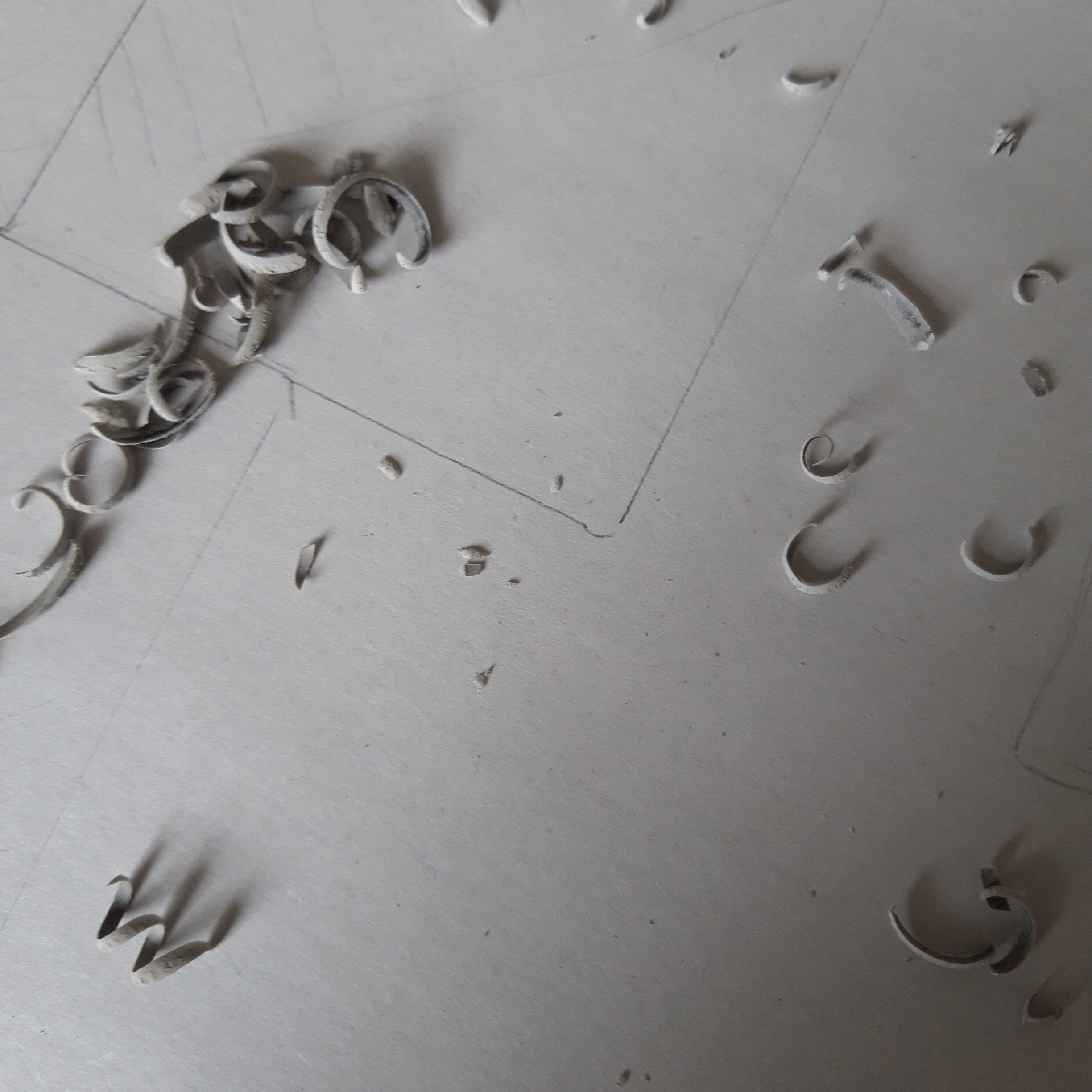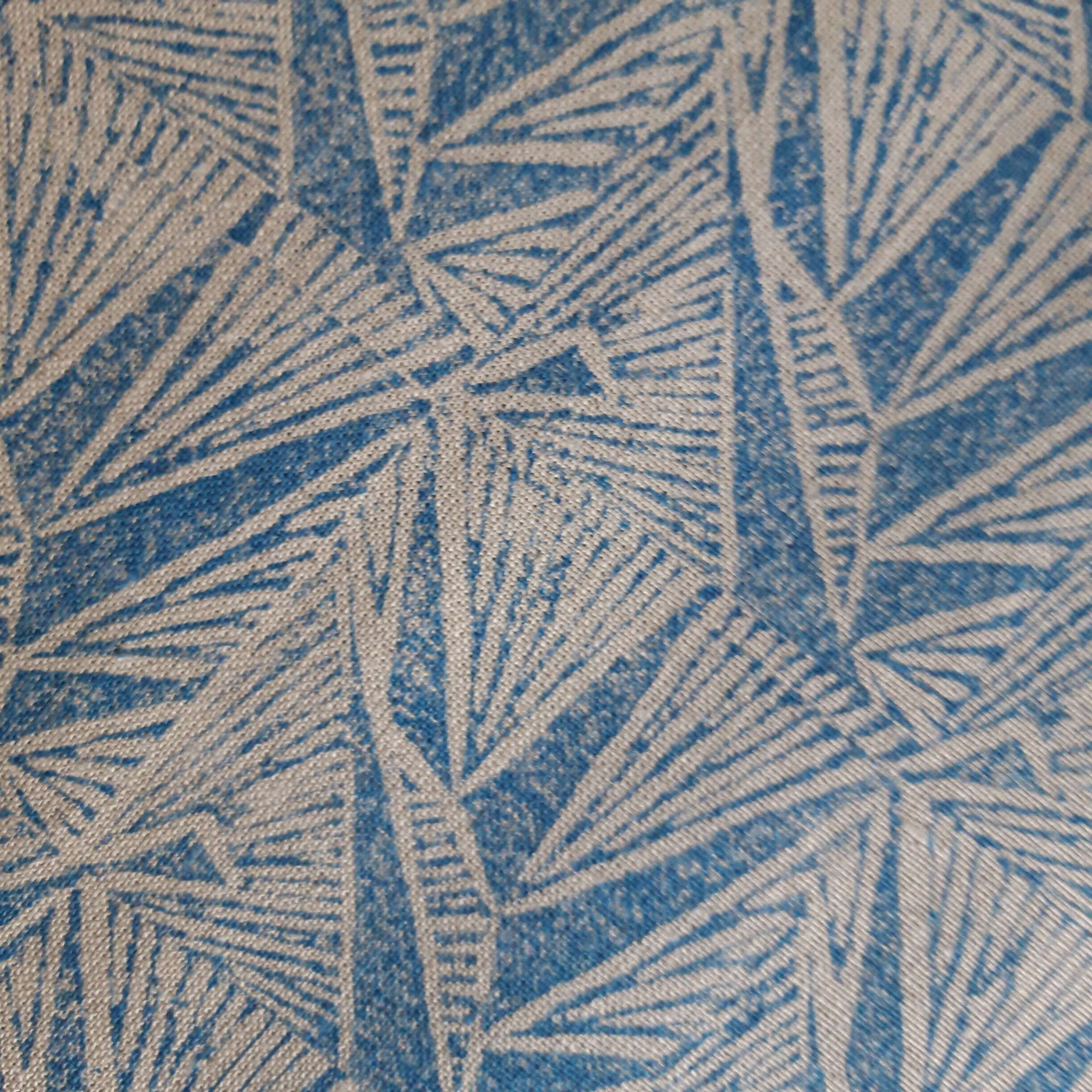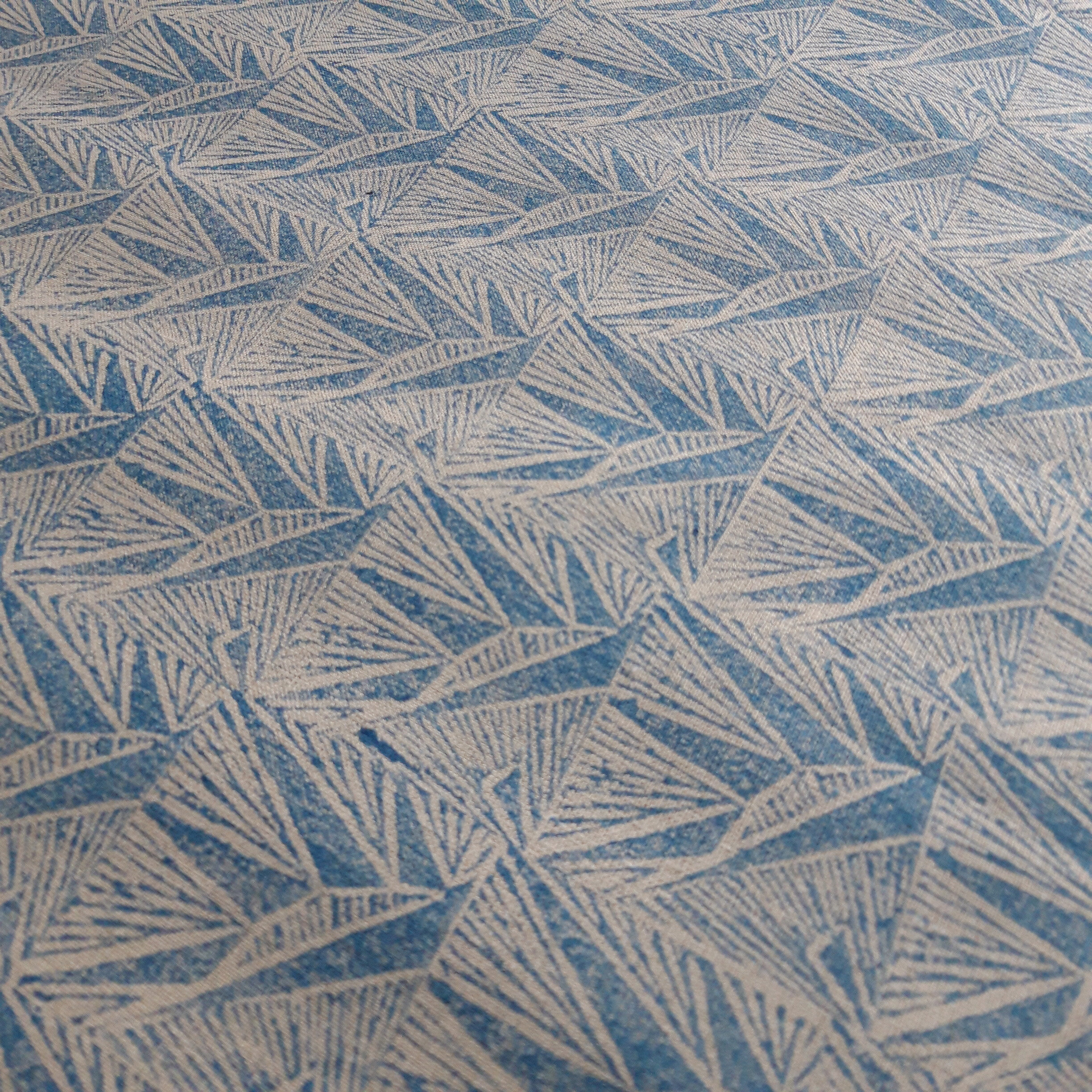Old and New Kids on the Block
One of the very first posts I wrote when I started my journal almost nine years ago was about Barron and Larcher. I have always loved their work, and found a real affinity with their aesthetic and their approach. Several stars have aligned in the last couple of months to make it high time for a re-visit.
A few weeks ago I went with our delightful ‘Last Friday Club’ to Two Temple Place to see ‘Unbound - Visionary Women Collecting Textiles’. The exhibition shows the collections of seven prominent female textile collectors spanning the last century and a half. Amongst the exhibits were a number of block-printed textiles by Barron and Larcher, and also by their one-time apprentice Enid Marx.
I particularly loved the Barron and Larcher catalogue pages in the exhibition - so exquisitely presented with their calligraphy headings and notes.
The patterns seem just as fresh and contemporary now as when they were created. The appeal of the fabrics comes from a combination of the exquisite yet simple patterns, and the rhythm and marks of the process of printing by hand with a block.
I have just bought the excellent 2018 publication of ‘Barron and Larcher’ by Michal Silver and Sarah Burns. It is a fascinating read. The chapter in Phyllis Barron’s own voice (from the transcript of a talk she gave at Dartington in 1964) is wonderfully spirited and frank. It opens with the lines:
“There is something magic about Indigo. It is a fermentation, like wine, beer, and lots of other good things”
Other chapters in the book are by contemporary critics, interior designers and block print practitioners. It is interleaved throughout with wonderful photographs - both of the textiles themselves, and of the process of the printing. The image below shows two assistants block printing in the studio at Hambutts House in Painswick.
As architectural and design historian Alan Powers notes in the book
“Barron and Larcher’s achievement is inseparable from their making process, which was based on a combination of knowledge and experimentation”
Powers also re-quotes Roger Fry - with, in his own preamble to the quote “…a similie that is very much in the gastronomic ‘slow food’ spirit of our own time”:
“The result is like good cooking, where the real taste of the original substance is brought out and heightened, whilst many manufactured materials are like that pretentious cosmopolitan cookery where all is overlaid and disguised and reduced to a common insipidity” - Roger Fry
This is a sentiment that could surely be applied to so many avenues of life.
One of the contemporary block-print practitioners who has contributed to the book is Louisa Loakes. The images above are of two of her designs - Rhombus and Saffron Spot. I have known of Louisa’s work for a few years, and I have always admired the spareness and the confidence of her designs. In my own field, I am always designing within a strict set of parameters and in a sense I feel that Louisa’s own approach shows a similar discipline. Their appeal comes from the clarity of their intent combined with all the irregularity of a such a hand-printed process.
So - it was a great pleasure to do a workshop at Louisa’s studio last weekend. Louisa was an excellent tutor and I came away feeling that I had enough knowledge to play around with the technique more in my own time.
Here are a couple of quick images from the process.
The images below are of my first block-print textile.
I was delighted that my printing was as unintentionally mis-aligned as I had hoped - it had all the amateur charm of ‘the real thing’.
It was a real pleasure to learn something new; to be completely absorbed in a new process; to get my hands dirty. It made me realize how, as you become more absorbed and more specialist in a field, there are a myriad of ‘paths not taken’. Sometimes a side-track can be a very good thing.
photo credits from top:
Visual Arts Data Service - Craft Study Centre
Craft Study Centre
Louisa Loakes
EP

